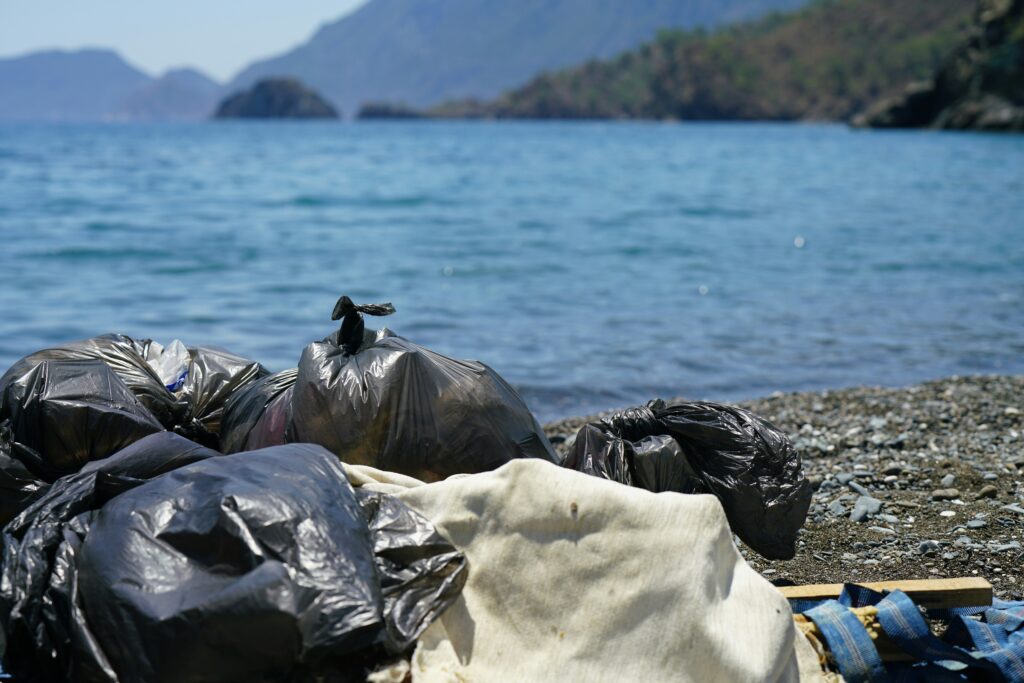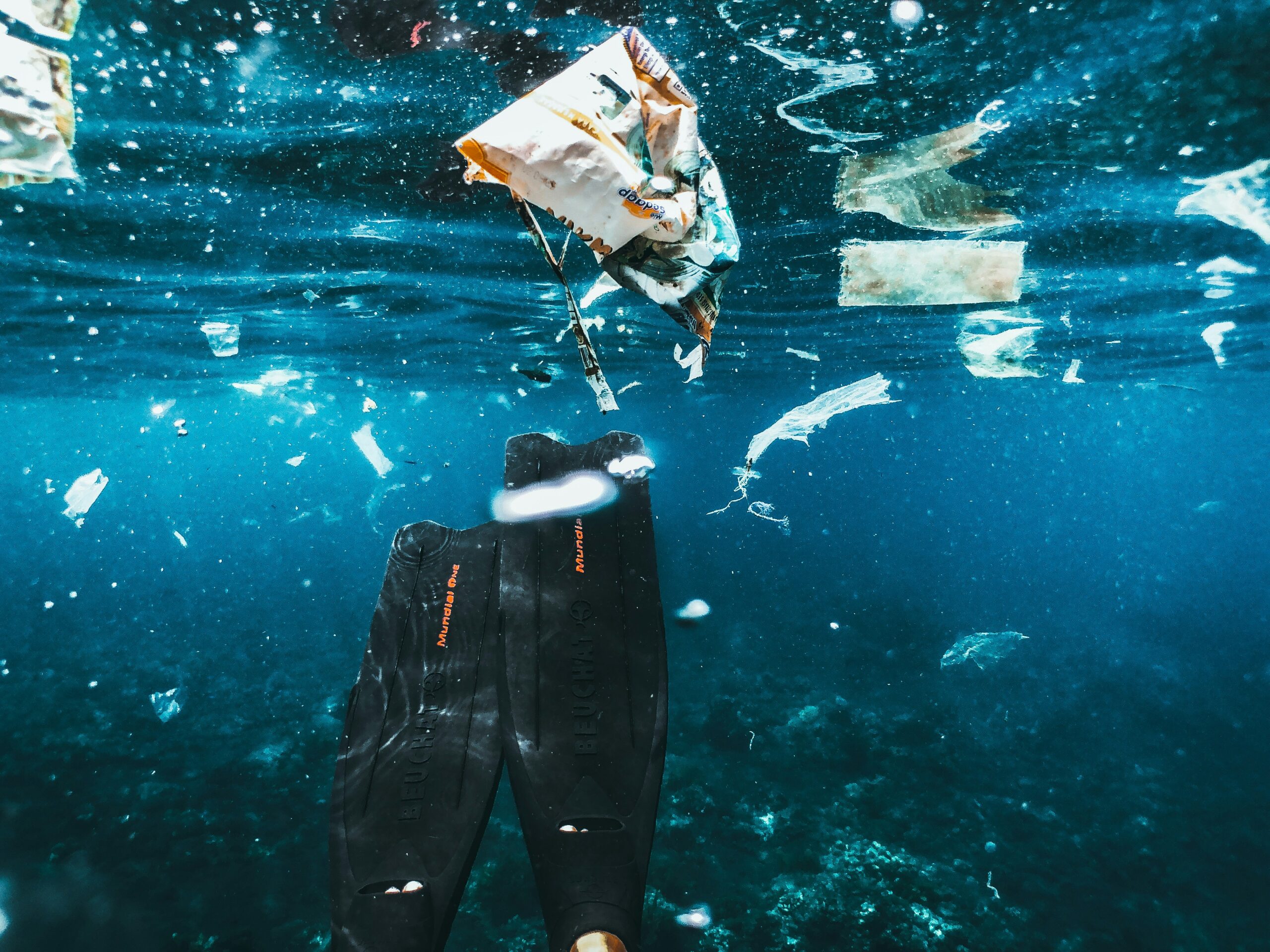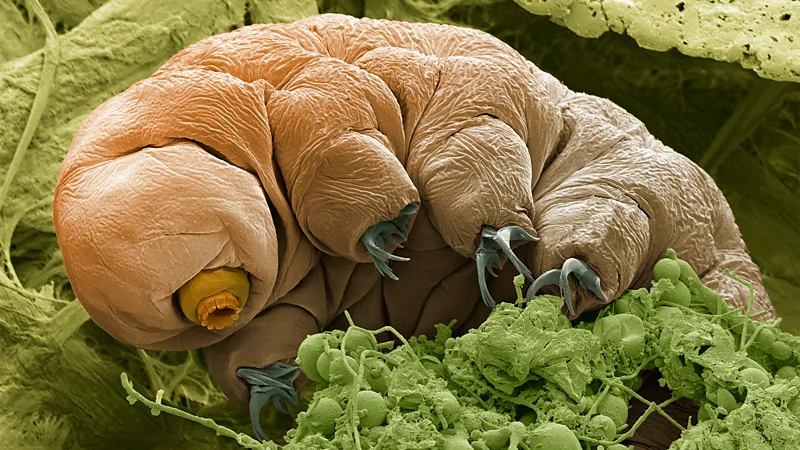Introduction
The world’s oceans are facing an escalating crisis known as ocean microplastic pollution. Among the most insidious contributors are tiny plastic pellets called nurdles, the raw material used to produce nearly every plastic product. Each year, trillions of nurdles spill into waterways and oceans, creating one of the largest forms of microplastic contamination on Earth.
The scale of ocean microplastic pollution is staggering, with nurdles now detected on virtually every coastline. Scientists warn that their environmental and health impacts are far-reaching, threatening marine life, food security, and even human well-being.
What Are Nurdles?
Nurdles are lentil-sized plastic pellets, produced as an intermediate material for manufacturing plastic goods. They are transported in bulk around the globe before being melted down into packaging, bottles, clothing fibers, and countless other products.
However, because of poor handling and loose regulation, billions of nurdles are spilled during production, shipping, and transport. These spills are a primary driver of ocean microplastic pollution, turning the world’s coastlines into unintended dumping grounds.
The Scale of the Problem
Recent reports estimate that around 230,000 tons of nurdles enter oceans each year. Unlike larger plastic waste, which can be collected, these microplastics are virtually impossible to clean up once dispersed.
Key statistics:
- One shipwreck spill can release billions of nurdles into the sea.
- Nurdles have been documented on beaches from Sri Lanka to Scotland.
- They are the second-largest direct source of ocean microplastic pollution after synthetic clothing fibers.
The scale makes nurdles one of the most pervasive pollutants in the marine environment.
Environmental Impacts of Ocean Microplastic Pollution
The consequences of ocean microplastic pollution from nurdles extend across ecosystems:
- Marine ingestion: Fish, seabirds, and turtles mistake nurdles for food. This blocks digestion and can lead to starvation.
- Toxicity: Nurdles absorb harmful chemicals like pesticides and heavy metals, becoming toxic carriers within the food chain.
- Habitat damage: Nurdle accumulation disrupts sensitive ecosystems, including coral reefs and coastal mangroves.
The result is a ripple effect across biodiversity, weakening the resilience of entire marine systems.
Human Health Concerns
The ocean microplastic pollution crisis is not limited to wildlife. Humans are also exposed to microplastics through seafood, salt, and even drinking water.
- Seafood contamination: Fish and shellfish consumed worldwide often contain microplastics, which can transfer toxins to humans.
- Airborne microplastics: Nurdles broken down by waves and sunlight release fibers and particles into the air.
- Health risks: While research is ongoing, scientists fear links to inflammation, respiratory illness, and hormonal disruption.
Thus, the nurdle-driven wave of ocean microplastic pollution could evolve into a significant public health issue.
High-Profile Nurdle Spills
The severity of ocean microplastic pollution is highlighted by several major nurdle spill disasters:
- Sri Lanka (2021): The X-Press Pearl cargo ship fire released 1,680 tons of nurdles into the Indian Ocean, creating an environmental catastrophe.
- South Africa (2017): A container spill off Durban released 49 tons of nurdles, polluting coastlines for months.
- UK incidents: Frequent smaller spills have prompted campaigners to label nurdles as “the toxic tide you can’t see.”
Each event underscores the lack of accountability and preparedness in managing nurdle transport.
Why Nurdles Escape Regulation
Despite their massive role in ocean microplastic pollution, nurdles are not formally classified as hazardous. This regulatory gap means:
- Shipping companies face few penalties for spills.
- Factories have little obligation to prevent pellet leakage.
- Cleanup operations remain voluntary and underfunded.
Campaigners argue that this lax oversight enables a “business as usual” approach, even as oceans choke with plastic.
Solutions and Calls to Action
The ocean microplastic pollution crisis can still be mitigated through proactive measures:
- Stricter regulations: Governments could classify nurdles as hazardous, enforcing better handling and spill prevention.
- Industry responsibility: Manufacturers should adopt closed-loop systems to prevent leakage.
- Monitoring and reporting: Mandatory tracking of pellet losses would improve accountability.
- Cleanup technology: Innovative systems such as floating barriers and vacuum sieves are being tested.
- Public pressure: Consumer demand for eco-friendly alternatives can drive industry change.
Global cooperation is critical to tackling what scientists call a “silent spill” crisis.

The Role of Public Awareness
One of the biggest challenges in addressing ocean microplastic pollution is that nurdles are largely invisible to the public eye. Unlike plastic bottles or bags, nurdles are small, translucent, and often go unnoticed.
Raising awareness through campaigns, documentaries, and education is essential to push governments and industries toward decisive action. The more visible the crisis becomes, the greater the momentum for solutions.
Looking Ahead
The ocean microplastic pollution problem is projected to worsen unless urgent steps are taken. With global plastic production expected to triple by 2060, the number of nurdles entering the oceans could skyrocket.
Experts warn that failing to act will deepen the ecological and health costs, undermining fisheries, tourism, and food security worldwide. Conversely, robust regulation and global cooperation could significantly cut the flow of nurdles and protect marine life for generations to come.
Conclusion
The ocean microplastic pollution crisis caused by nurdles is a silent but devastating threat. These tiny pellets may seem insignificant, but their collective impact is reshaping ecosystems and endangering human health.
The choice is clear: either continue down the path of neglect, or take immediate, coordinated action to stem this tide. The future health of our oceans—and humanity itself—depends on whether the world heeds the warning.
Source:
UNEP


